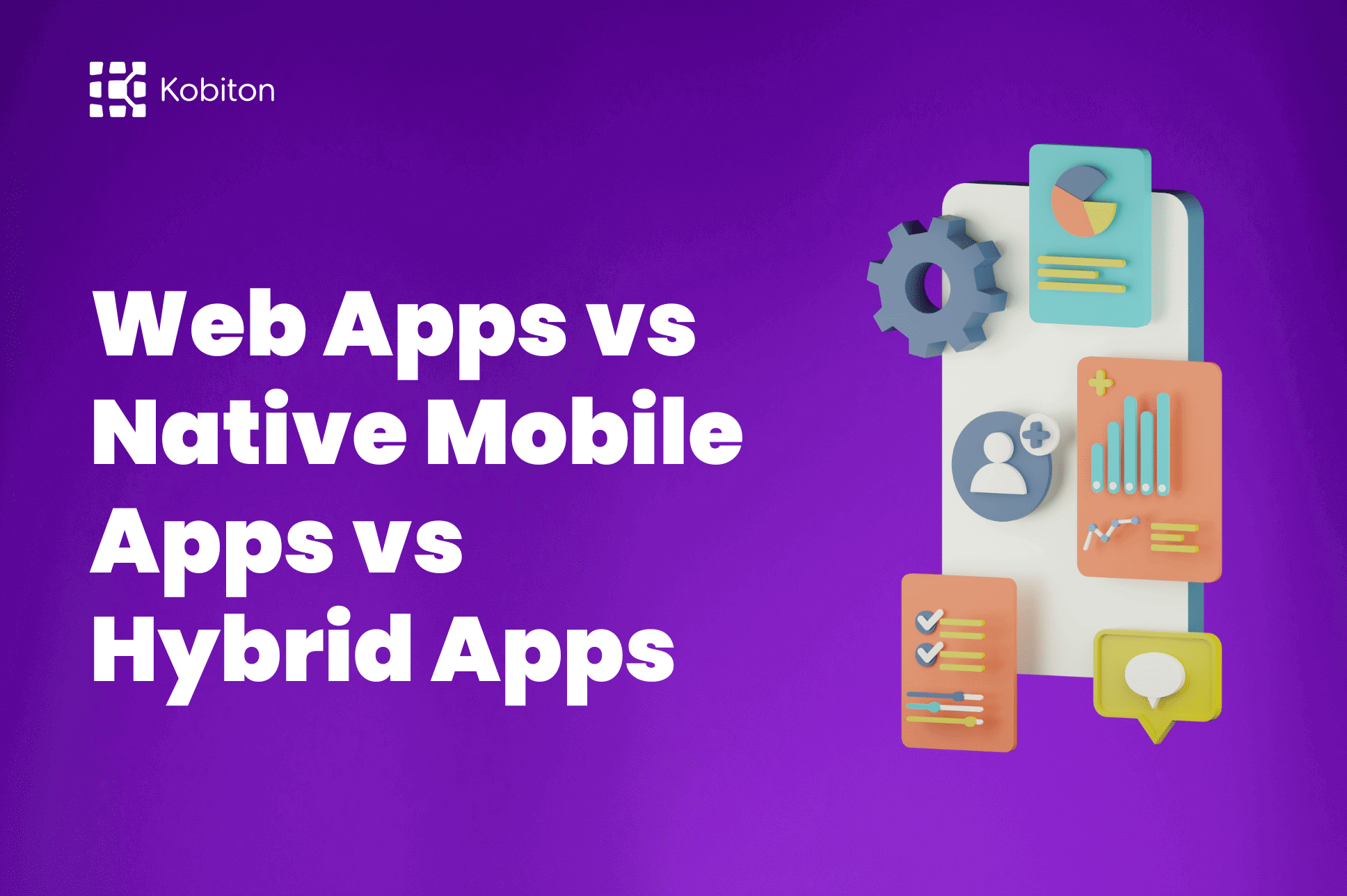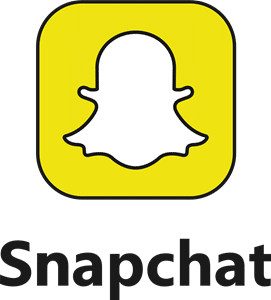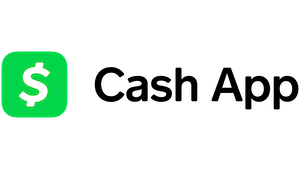
Web Apps vs Native Mobile Apps vs Hybrid Apps

Cara Suarez
Programmers and designers work hard to create products that are both beneficial and popular — and some are significantly more successful than others. Industry leaders know that the best app development software considers early testing a vital step in app development.
At Kobiton, we help developers every day in the creation of robust, trending apps. Contact us today to learn more!
Now, let’s take a look at the apps that captivated the world in 2023.
| Application | Total Global Downloads (2023) |
| TikTok | 672 million |
| 548 million | |
| 424 million | |
| CapCut | 357 million |
| Snapchat | 330 million |
| Telegram | 310 million |
| Subway Surfers | 304 million |
| 298 million | |
| Stumble Guys | 254 million |
| Spotify | 238 million |

TikTok reigns supreme — by August of 2023, it had reportedly been downloaded over 3.5 billion times worldwide, and 1 billion of those users are active. Short videos on the platform have evolved from simple entertainment into big business. TikTok also benefited from a pretty hefty pandemic boost; users flocked to the app in search of distractions and for digital connection. Today, some say it’s the most used app in the world.
TikTok is easy to use: Creators upload, edit, and easily share videos with users. The continued popularity of TikTok speaks to a universal desire for casual entertainment. Most users scroll through the site many times a day. One of many cool apps to have on your phone, TikTok is both youthful and electrifying.
TikTok has also garnered the attention of the celebrity world; global superstars took to the app, and their fans followed. Many of those accounts then became revenue streams for their owners. A heady combination of fame, fortune, and fun keep TikTok firmly entrenched at #1.

Instagram is also among the world’s most-downloaded. This multi-functional social media app has been downloaded more than 3.8 billion times since its introduction in 2010, and shows no signs of slowing down.
This photo-sharing app offers fun and useful image filters, hashtags, and picture tagging features. In 2013 it added a short video option to compete with Vine, and later expanded to include longer videos and live streaming. Easy-to-use business tools also make it a favorite for small businesses.
Instagram has consistently upgraded and added new features to stay relevant; for the most part, those upgrades have been smoothly integrated into the app. Ongoing functional testing helps Instagram provide a stable, enjoyable experience for both users and creators.

An early key feature of WhatsApp was an ability to message and call internationally, using Wi-Fi or mobile data; it served as a way to avoid the high cost of international calls via traditional phone networks. Free international calls, texts, and video chats are still the service’s most popular feature, and it’s been downloaded over 5 billion times since its introduction in 2009.
Two other hallmark features of WhatsApp are its cross-platform functionality and its encryption services. It also offers a desktop platform, and document sharing functionality.
WhatsApp offers end-to-end encryption, and users can utilize a PIN for two-step verification; for security-minded users, these are important features.

CapCut is the world’s most popular video editing app. Introduced in April 2020, CapCut saw a meteoric rise in popularity — in that first year alone, it was downloaded over 250 million times!
CapCut is designed so that even beginners can use it with ease; editing tools allow users to reverse a video, speed it up or slow it down, and the app even has a music library for users. CapCut is free, and compatible both Apple and Android devices.

Snapchat encourages users to interact with virtual stickers and augmented reality; the American instant messaging app’s hallmark are messages and stories that are only accessible for a certain period of time. It also allows users to store photos with password-protected access.
Snapchat was created by former Stanford University students Evan Spiegel, Bobby Murphy, and Reggie Brown. Its creation marked a decidedly mobile-first preference among social media apps.

Telegram Messenger is a cloud-based instant messaging service, with optional end-to-end encrypted chat functionality. It also enables users to make voice and video calls, share files, and more. Telegram officially launched in 2013.
In July 2023, Telegram surpassed 800 million monthly active users. In some parts of the world, Telegram has overtaken WhatsApp and Facebook Messenger as the most popular instant messaging application.

Runners, lace up those shoes: Subway Surfers is making major waves in the gaming community. Users play from the perspective of graffiti artists who dart through a railway setting while fleeing authorities. Along the way, items like coins and power-ups are collected.
Subway Surfers was co-developed by Kiloo and SYBO Games, private companies based in Denmark. It has been downloaded 4 billion times since its launch in 2012, and was the most downloaded mobile game of 2022.

Facebook has a staggering 2.9 billion active users every month, and has been downloaded over 6.8 billion times since its creation. Without a doubt, it’s one of the most popular apps of all time.
Facebook’s hallmark is connection; whether it’s looking at family pictures, finding old friends, or meeting people with shared interests, Facebook provides users with an ability to feel connected. Users are able to easily post pictures or text, share, and comment on others’ posts.
Facebook frequently innovates, and does an excellent job of performance testing for stability before rolling out end-user upgrades.

Stumble Guys is a battle royale-style game by Finnish Kitka Games, available for Android, iOS, and Windows. In the game, players compete against up to 32 others as they run and jump through obstacle courses toward a finish line. Initially released in 2020, Stumble Guys was acquired by US-based Scopely in 2022.
Providing a great mobile gaming experience hinges on the ability to conduct mobile game testing under high-frame rate conditions.

It might not be the most used app in the world but, hands-down, the most-downloaded music app today is Spotify — thanks in large part to its expansive catalog of songs, artists, and podcasts. Personal playlists, instant song sharing, and private listening all contribute to the app’s reported 320 million monthly users.
Spotify offers a free ad-supported account, but also boasts 144 million premium account subscribers. Running as little as $4.99 a month for students, these subscriptions make it easy to get hooked on ad-free music streaming.
Just because an app didn’t crack top-tier download numbers in 2023, doesn’t mean it’s out of the picture. A number of other popular platforms shaped the world around us and impacted the ways we communicate, work, and play. Below are a few of the other cool apps to have on your phone.

The pandemic saw the rise of Zoom as a dominant video conferencing app, and it had over 38 million downloads in January 2021 alone.
Zoom had some bugs to work out, however; in the early days of COVID, meetings weren’t secure and “Zoom bombing” was common. The platform had grown so fast, so quickly, that they had little time for testing. To that point, Zoom’s story is a cautionary tale: Use a testing platform like Kobiton to check your code against the most stressful possibilities. Fortunately, Zoom managed to rein in their errant security, but not without losing the confidence of some users.
Zoom’s ability to host large meetings with functions like Salesforce integration allows it to remain relevant. It offers a free download, but businesses that want to achieve greater versatility usually have a paid subscription.

YouTube is installed by default on most Android devices, which contributes to its massive 10-billion-downloads count. It’s the second-most visited website in the world, bested only by its parent company, Google.
YouTube and Facebook share the distinction of massively popular apps that also have full desktop capabilities. Founded in 2005, YouTube made pivoting to mobile look simple.

PayPal broke ground as a means of allowing digital financial transactions between users, but it isn’t the most popular; that distinction goes to Cash App. With over 100 million downloads and 44 million monthly users, Cash App is king. Simply put, Cash App makes it easy to send and receive money.
Advantages of Cash App are that users don’t have to link to a bank account; it can be used for direct deposits. Cash App also has features for buying Bitcoin and stock investments. Some users have found Cash App to be a bit more nimble than its rival Venmo.
So, what do all of these trending apps have in common? The path each one followed to success included bumps along the way, and investments had to be made in updating the products as they simultaneously grew by leaps and bounds. Even the best app development software has shortcomings, and – by partnering with a proven industry leader like Kobiton – apps can launch with a greater degree of confidence.
That’s where testing comes in; not only does it prevent dings to customer confidence and user faith in your product (when things go bad), but it can also present a more cost-effective manner of getting things right, the first time.
At Kobiton, we understand how a robust testing platform can lead to efficient development, more user downloads, and happier end-users. Let’s make the connection today, and find out how we can help with the success of your own app development.
